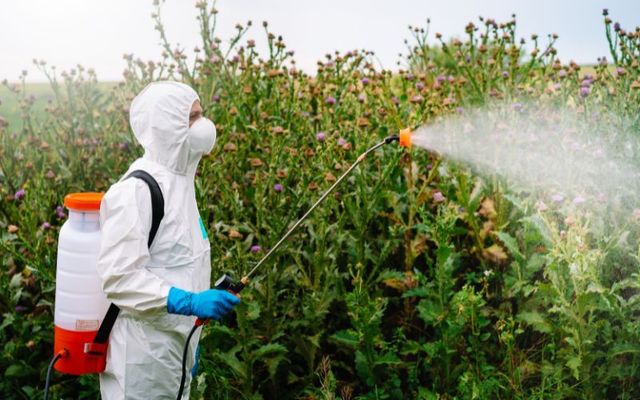A study carried out by a team of Galway scientists has found traces of the controversial weedkiller ingredient glyphosate in one-quarter of people tested.
The study, which is the first of its kind to investigate levels of background exposure to glyphosate in Ireland, was carried out on 68 families, including 14 farming families, and analyzed urine samples from 226 people in addition to a dietary and lifestyle questionnaire.
There were no statistical differences between farm and non-farm families, although higher concentrations were detected among some farmers living on farms.
Read more
Scientists from the University of Galway say the study shows that glyphosate is present in the general environment, not just around the farms where it is most commonly used.
Glyphosate, a herbicide found in commonly-used weedkiller products such as Roundup, was found in 26% of samples. The proportion was slightly higher among children who participated in the study.
Scientists also tested for the metabolite aminomethylphosphonic acid (AMPA), which is left behind when glyphosate exits the system.
AMPA was detected in 59% of urine samples, although researchers said the metabolite can also be left behind by other products.
All glyphosate detected during the study was well below the current safe limit, but researchers were more concerned with the extent of the presence of the herbicide among the general population, rather than concentrations within individuals.
People can be exposed to glyphosate by consuming fruits and vegetables that have been sprayed with the chemical, while inhalation exposure is also possible.
In 2015, the World Health Organization's cancer research body concluded that glyphosate was probably carcinogenic, although European Food Safety Authority concluded that it is unlikely to pose a carcinogenic hazard to humans.
The scientific community is yet to reach a consensus on the potential carcinogenic health effects of glyphosate, while the EU is currently debating the safety of its use.
Dr. Alison Connolly, who was part of the team that carried out the study, said it was important to understand how exposure to chemicals such as glyphosate can occur among the general population.
"This study produced important results on human exposures to a chemical of public concern and is particularly timely with the European Commission currently re-evaluating glyphosate," Connolly said.
"It is essential to understand how chemical exposures can occur among different groups, particularly vulnerable people such as children."
Her colleague Dr. Marie Coggins said the findings of the study should help inform future discussions about the chemical.
"The data suggests that occupational users may have a slightly higher exposure than background levels, which could and should be reduced further by substitution with less harmful methods, careful chemical handling practices, and the use of exposure controls such as personal protective equipment."




Comments